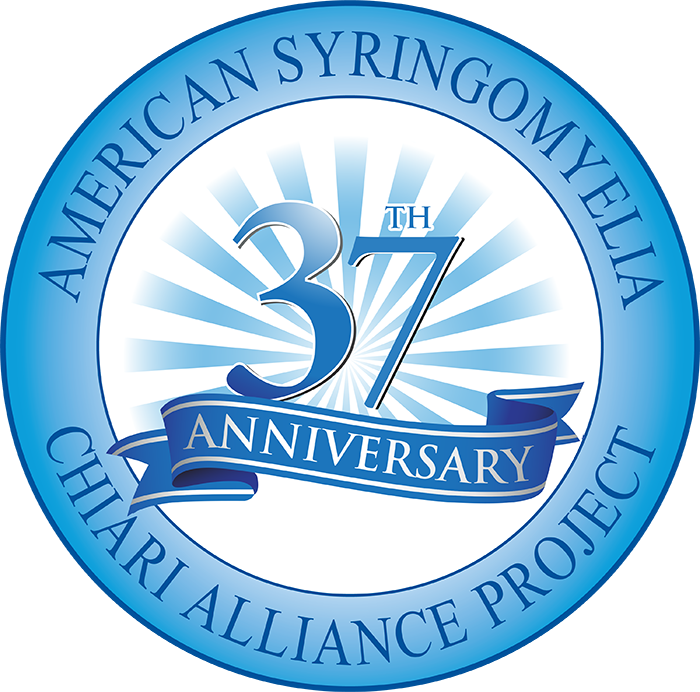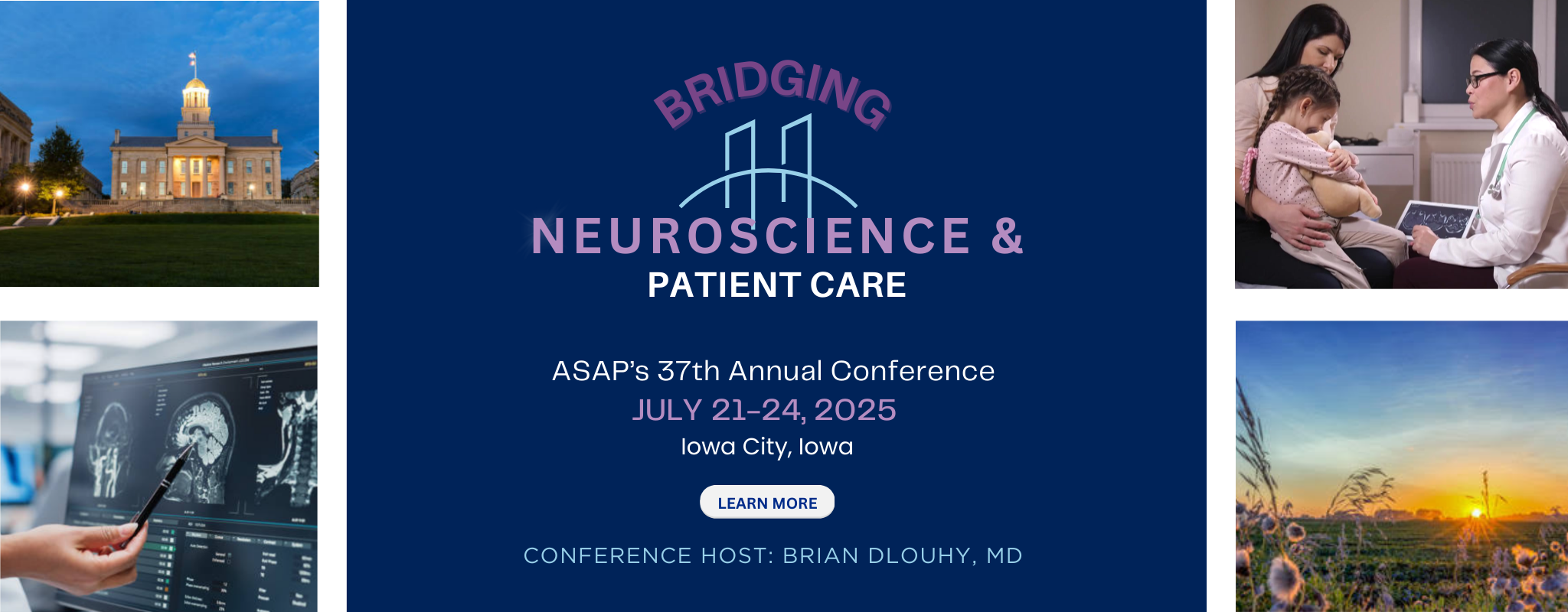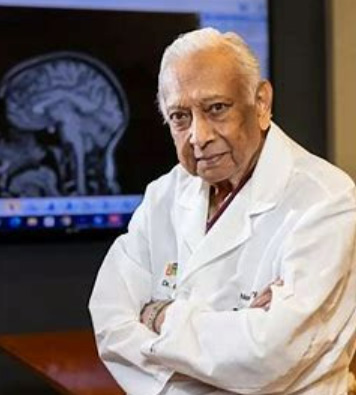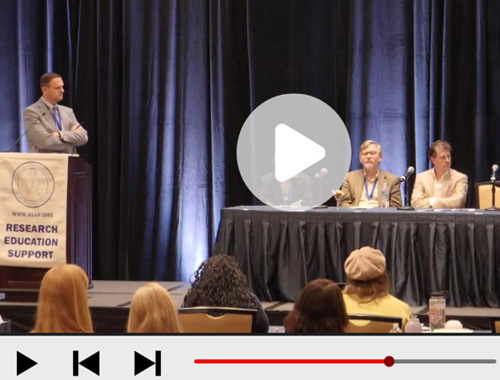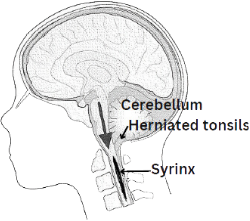Bridging Neuroscience & patient care
Esteemed Host of our
2025 Conference
Esteemed Host of our
2025 Conference
ASAP is pleased to introduce Dr. Brian J. Dlouhy as the esteemed host of our 2025 conference in Iowa City, July 21-24, 2025. Dr. Dlouhy brings us to the heartland of the USA, where diverse perspectives can unite to bridge neuroscience and patient care to advance research, treatment and hope for Chiari malformation, syringomyelia and related disorders.
Honoree
Dr. Arnold Menezes
We proudly recognize Dr. Arnold Menezes for over 50 years of pioneering advancements in the treatment of Chiari malformation and skull-based abnormalities. Within our specialty, everyone—and I mean neurosurgeons around the world—view Arnold [Dr Menezes] as the premier guy in this particular area of research and treatment. That’s why so many colleagues from all over the world refer their patients to Iowa.– Matthew Howard, MD, professor and chair of the UI Department of Neurosurgery
Our Mission
We strive to improve the lives of persons affected by Syringomyelia, Chiari Malformation and related disorders while we find a cure.
CHIARI & SYRINGOMYELIA
EDUCATION
How to Advocate for Your Health
Advocating for your health when dealing with Chiari malformation, syringomyelia and their related disorders is crucial for getting the proper care and treatment you need. Click here for some key strategies to help you advocate effectively.
FOR PHYSICANS
ASAP’s Medical Advisory Board is dedicated to supporting ongoing education for Chiari Malformation specialists and other medical professionals through our medical articles and research grant program. The ASAP Research Committee oversees funding for novel research projects concentrating on CM/SM and related disorders. The Committee reviews grant applications on a case-by-case basis.

